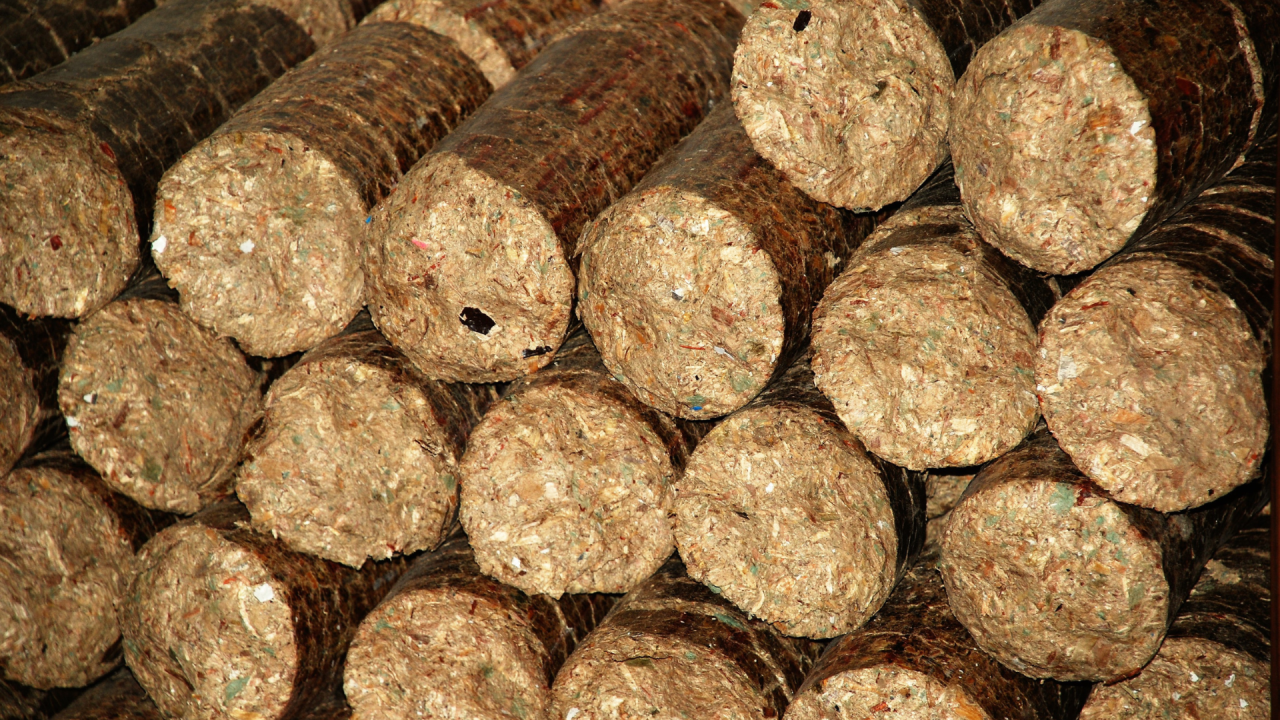Briquettes: Turning Waste into Energy

Briquettes are a small block that is made of charcoal and they can be used as fuel during fire or combustion process. It comes from the French word Briquette that have two parts one is “brique” which means “brick” and the other one is “ette” which means “tiny or small”. It was first discovered while making pillow-shaped lumps of fuel by mixing the sawdust and mill waste in tar and bound them together. Briquettes are mostly used in developing countries because cooking fuels are not easily available there and they can be used for cooking purposes.
Now discuss some common points of Briquettes. Read on to learn more!
Composition of Briquettes:
There are many types of briquettes found and all of these have different compositions according to their major constituents present in them. The major composition of briquettes is; it is mainly composed of coal dust and biomass that passes through the combustion process e.g. (charcoal, sawdust peat, and paper). These can be used as fuel to start a burning process. PET (the binder) content varies in different types of briquettes that can range between 5% to 25% but the content of major constituent value can be constant. In briquettes the carbon content present in it is 44.6-50.1%, oxygen content is 34.4-41.5%.
Types of Briquettes:
Some common types of briquettes are as follows:
- Coal briquettes
- Charcoal briquettes
- Biomass briquettes
- Peat briquettes
- Wood briquettes
- Paper briquettes
Art of Briquetting:
The material density reduction is the main reason to be shifting to briquetting because it is helpful in both saving and handling costs and making improvements in combustion. It is used to make the product material less volumetric and remain compressed for a longer duration.
The cohesion of particles depends on three basic mechanisms:
- Through fiber connections of particles generation of positive coupling forces.
- Particles can be attracted to each other through hydrogen bonding.
- Proteins lignin and binders make a sticking effect for closer bonding.
Advantages of briquetting:
- By using the briquetting process, high volumetric energy density is obtained.
- There will be less water content in fuel.
- Great availability of storage and there will be less biodegradation.
- Fuel will be highly homogeneous.
- The characteristics of dosing will be more favorable.
- They create eco-friendly environment and have a positive impact on the environment.
- They have greater accessibility.
Disadvantage of briquettes:
The disadvantage of briquettes is they are made of combustible material and they can catch fire easily. So using these safety measures and precautions can be highly undertaken.
Uses of briquettes:
The main uses of briquettes are as follows:
- These are used for cooking purposes in developing countries due to fewer sources of fuel.
- They are used for heating purposes.
- They are used for electricity generation purposes.
- Hospitals also used briquettes for heating water.
- They are used in the textile industry.
- They are also used in the incubation process.
- They are used in the food processing industry.






